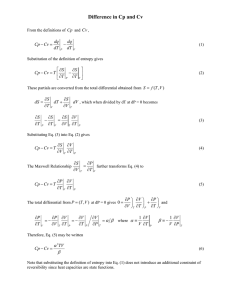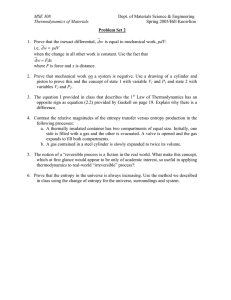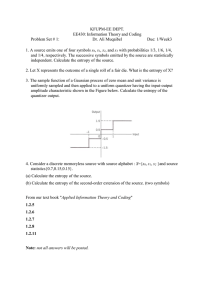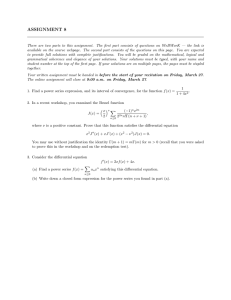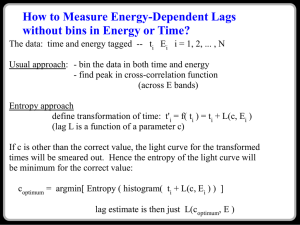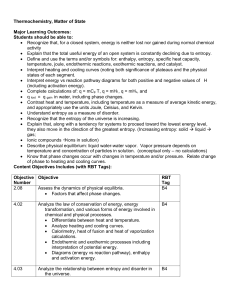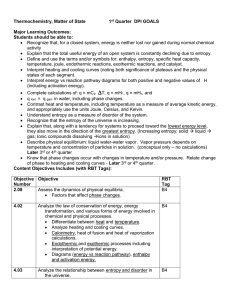DIGITAL COMMUNICATION - Assignment 1
advertisement
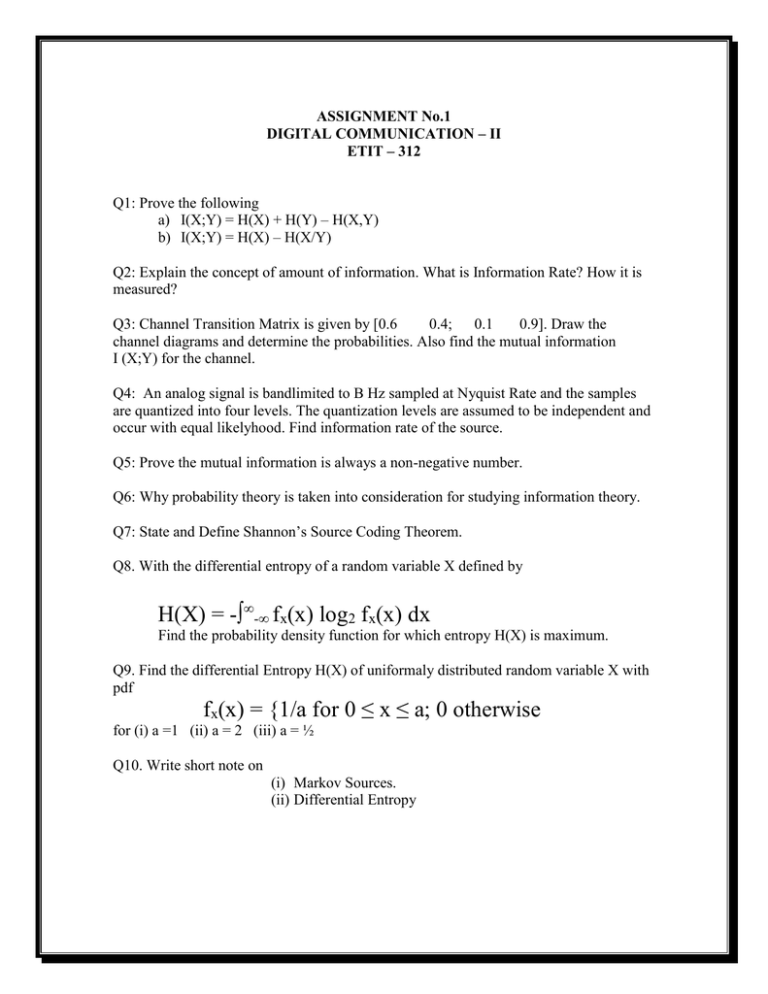
ASSIGNMENT No.1
DIGITAL COMMUNICATION – II
ETIT – 312
Q1: Prove the following
a) I(X;Y) = H(X) + H(Y) – H(X,Y)
b) I(X;Y) = H(X) – H(X/Y)
Q2: Explain the concept of amount of information. What is Information Rate? How it is
measured?
Q3: Channel Transition Matrix is given by [0.6
0.4; 0.1
0.9]. Draw the
channel diagrams and determine the probabilities. Also find the mutual information
I (X;Y) for the channel.
Q4: An analog signal is bandlimited to B Hz sampled at Nyquist Rate and the samples
are quantized into four levels. The quantization levels are assumed to be independent and
occur with equal likelyhood. Find information rate of the source.
Q5: Prove the mutual information is always a non-negative number.
Q6: Why probability theory is taken into consideration for studying information theory.
Q7: State and Define Shannon’s Source Coding Theorem.
Q8. With the differential entropy of a random variable X defined by
H(X) = -∫∞-∞ fx(x) log2 fx(x) dx
Find the probability density function for which entropy H(X) is maximum.
Q9. Find the differential Entropy H(X) of uniformaly distributed random variable X with
pdf
fx(x) = {1/a for 0 ≤ x ≤ a; 0 otherwise
for (i) a =1 (ii) a = 2 (iii) a = ½
Q10. Write short note on
(i) Markov Sources.
(ii) Differential Entropy
